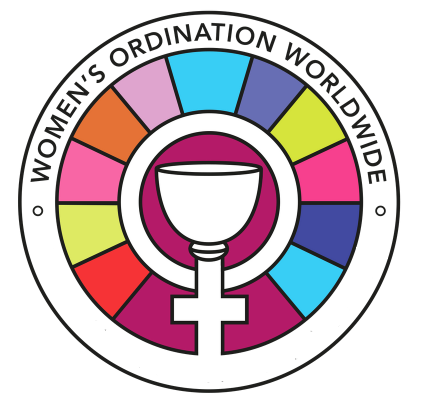Slavery and Its Connection to the Vatican Ban on Women’s Ordination - Therese Koturbash
/Georgetown University is in the news these days. (Issue of selling slaves ‘bigger than Georgetown,’ says descendant by Mark Pattison, Catholic News Service, November 20, 2019). The issue of the Jesuits selling slaves more than 180 years ago to get out of a debt that could have shut down the institution is said to be "bigger than Georgetown." It certainly is and not just from the point of view of reparations to be made for that wrong. In the broad context that includes looking at Church teachings that change over time, there are connections between Church teachings, slavery and the ban on women’s ordination.
An argument made against women’s ordination is that Pope John Paul II closed the door to women’s ordination. He said it goes against the will of God. And, once a door has been closed it cannot be opened. ‘This is the Catholic Church so the pronouncement cannot change.’
Strangely enough, the teaching authority of the Church once held that slavery was part of divine will. Throughout most of human history, slavery has been practiced and accepted by many cultures and religions around the world. Certain passages in the Old Testament sanctioned it. The New Testament taught slaves to obey their masters. Pronouncements were made by a number of popes across the ages both defending slavery and outlining the parameters for the practice of it. A number of religious orders and Popes owned slaves. Because of the work of abolitionists, the secular world began to change. And eventually the Vatican followed suit. But it was not until 1965 during Vatican II that a conclusive condemnation was made of the practice.
When put against the backdrop of slavery, the ban against women’s ordination suddenly seems less daunting. Things do change. In instances like this, they change because people work for change.
Let’s keep going. Women can be, are priests and the Vatican will change its way.
Women’s Ordination Worldwide member group womenpriests.org (an academic research group) has a helpful chart showing the timeline on the change of teachings with respect to slavery. Learn more, see here: http://www.womenpriests.org/teaching/slavery1.asp Look also for the links found on that page.
For a world timeline on the work for abolition see here: https://en.wikipedia.org/wiki/Timeline_of_abolition_of_slavery_and_serfdom
Womenpriests.org also has a helpful online short course that takes one through the history of the case for women’s ordination. See here: http://www.womenpriests.org/introduction/
And for more on current news about Georgetown, see here: ttps://www.americamagazine.org/politics-society/2019/11/20/issue-selling-slaves-bigger-georgetown-says-descendant?fbclid=IwAR0LbL8Kox3aI9DB65hBvEhDij11PfJ5a605jTa0o14es2hgoJFUyydnXE
___________________________________
Therese Koturbash, BA, LLB, GDCL served as Canadian Delegate to Women’s Ordination Worldwide from 2008 to 2013. For all five of those years, she was elected member of WOW's four person International Leadership Circle. She has also been the National Coordinator of Canada's Catholic Network for Women's Equality. Today, Therese serves on WOW’s Communications Team and is a volunteer with WOW member group, Wijngaards Institute for Catholic Research. Her paid work is as a family attorney.

